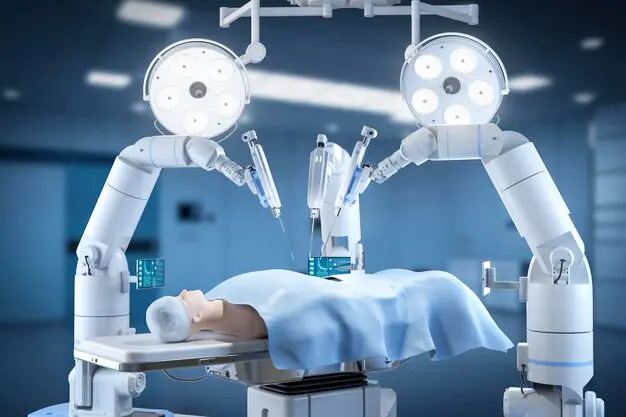Robot Surgeon Performs Groundbreaking Operation Across Three Continents

In a world-first surgical feat, a team led by The Chinese University of Hong Kong (CUHK) has performed a robot-assisted gastrectomy across three continents and over 20,000 kilometers using a locally developed tele-surgical system.
The pioneering operation connected CUHK’s Faculty of Medicine, Renji Hospital in Shanghai, and the Royal Marsden Hospital in London. The feat was achieved using a self-developed robotic platform that enabled real-time, high-precision surgery across vast distances (CUHK press release).
The operation itself, a gastrectomy, was performed on a simulated patient using high-speed 5G communication, custom software, and a surgical robot built by CUHK. The three-part team coordinated seamlessly, despite being separated by eight time zones.
What makes this historic isn’t just the distance. It’s the end-to-end control, real-time feedback, and surgical precision enabled by the system. For the first time, experts demonstrated that complex, minimally invasive procedures could be done remotely, safely, and without commercial systems, a major step toward equitable global access to surgical care.
“This technology offers enormous potential for emergency surgery, disaster relief, and remote regions lacking specialist surgeons,” said Professor Philip Chiu, Director of CUHK’s Multi-Scale Medical Robotics Center. With the right infrastructure, life-saving expertise could now be just a secure connection away.
While telesurgery has been discussed for decades, it has mostly remained a theoretical or corporate endeavor. This operation stands out because it uses a homegrown, non-commercial system, and it worked, flawlessly.
The project also emphasizes the growing role of robotics and AI-assisted systems in healthcare transformation. It points to a near-future where geographic location won’t determine your access to top-tier surgical care.
This wasn’t just a demo. It was a declaration: medicine is going global, and the robots are already on call.